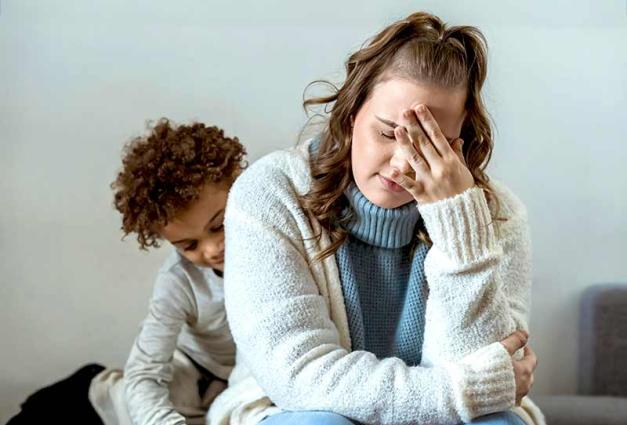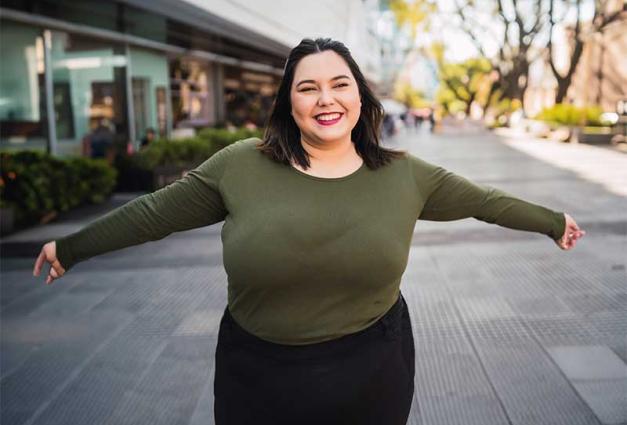The multiracial population is one of the fastest growing demographics in the U.S., but little is known about how people think about this group. My co-authors, Sylvia Perry and Sarah Gaither, and I wanted to know whether people have the same stereotypes of biracial people that they have of their parents’ racial groups or whether there are unique stereotypes that are applied only to biracial people. And when people stereotype biracial Black-White individuals, do they stereotype them more like Black people or more like White people?
In our research, we looked at the stereotypes of people with six different biracial backgrounds—Black/White, Asian/White, Black/Hispanic, Black/Asian, Hispanic/Asian, and Hispanic/White. Our results showed that some stereotypes are applied to all biracial groups in the United States. Regardless of their specific racial background, all six categories of biracial people were stereotyped as attractive and as not fitting in or belonging.
Other research has shown that in many countries, including the U.S., the faces of biracial people are rated as more attractive than other people. There is also research showing that biracial people tend to be concerned about fitting in and struggle to find a sense of belonging. Thus, the stereotypes that we observed of these biracial groups might be explained by the most common perceptions of biracial people and biracial peoples’ personal experiences with fitting in.
When we were starting this research, we thought that people might have stereotypes of Black-White biracial people that are some combination of their stereotypes of White people and their stereotypes of Black people. But what we found was that many of the stereotypes of Black-White biracial people were completely different from the ones people have about White people and Black people. Across studies, between 26% and 60% of the stereotypes that were applied to biracial individuals were not shared with their parents’ racial groups. This finding suggests that people might think of biracial people as a separate racial group rather than as a combination of their parents’ racial groups.
Across studies, biracial people were not perceived to be more similar to one parent’s racial group than the other. When we think about how people in the United States racially categorize biracial individuals, we often see that biracial Black-White individuals—for example, people like President Barack Obama—tend to be categorized as Black. So we thought that people might also stereotype biracial Black-White individuals more in line with the stereotypes of Black people. But overall this was not the case. And it did not matter whether people had a lot of personal contact with a specific biracial group or no personal contact with that biracial group—either way, biracial individuals were generally seen to be an equal mixture of their parents’ racial groups.
Our research suggests that when Americans think of biracial people in general (when no racial background information is provided), they tend to think of a Black-White biracial person. In fact, the stereotypes attributed to generic biracial individuals were very similar to the stereotypes attributed to Black-White biracial people. This is particularly interesting in light of the fact that only 10% of biracial children in the U. S. are Black-White biracial, whereas 42% are Latinx-White biracial, and 22% have parents who are mixed-race. So the general stereotypes of biracial people do not match the demographics of the most rapidly growing biracial groups. Perhaps as these children become adults, the stereotypes of biracial people will shift to align with the stereotypes of Latinx-White biracial people.
Because the biracial population is rapidly growing, it is important to understand how people are stereotyping these individuals and think about the impact those stereotypes might have on their lives. By identifying the stereotypes that are applied to biracial people, we can shed light on the experiences and treatment of biracial people in the United States.
For Further Reading
Skinner, A. L., Perry, S. P. & Gaither, S. E. (2019). Not quite monoracial: Biracial stereotypes explored. Personality and Social Psychology Bulletin. Advance online publication. https://doi.org/10.1177/0146167219858344
Allison L. Skinner studies intergroup biases and stereotypes and how they are acquired. She is an assistant professor at the University of Georgia.




